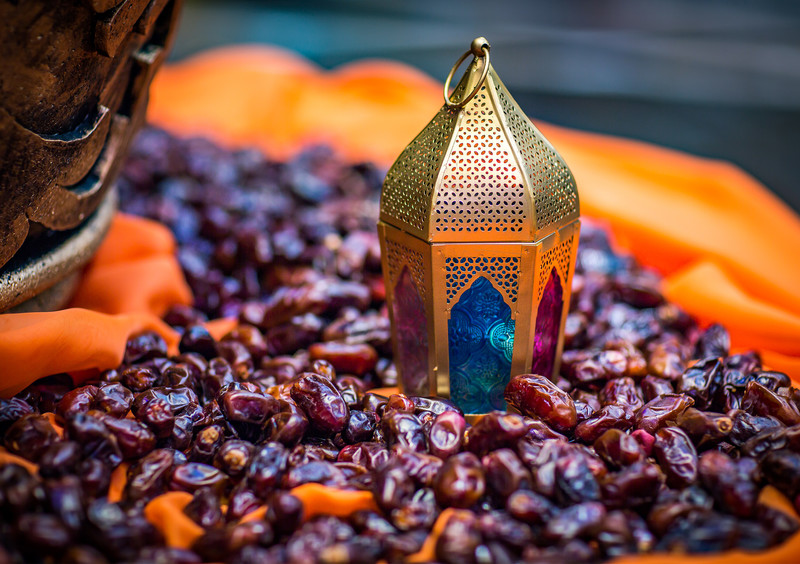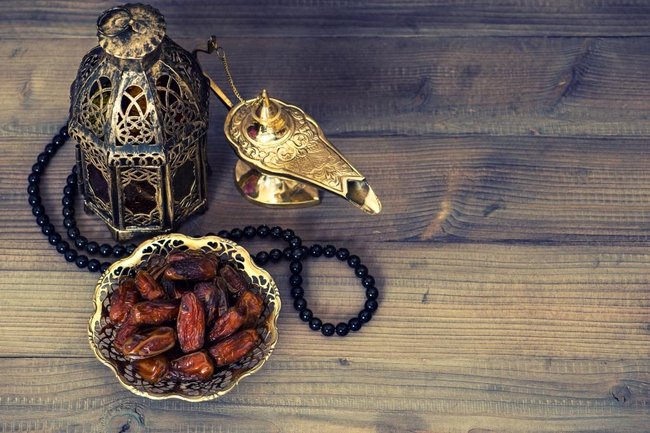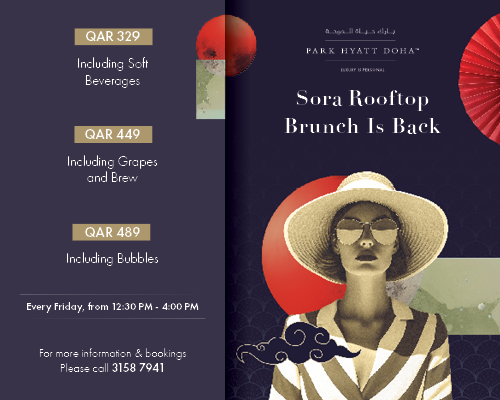Ramadan is the ninth month of the Islamic calendar, which is when the Prophet Mohammed was given the Qur’an. The word Ramadan is derived from rmd, which is an Arabic word for heat. The same root is used to refer to burnt earth, a hot climate or a lack of food. This relates to the daytime fasting that Muslims are expected to perform during Ramadan.
Origin of Ramadan
One night during the month of Ramadan – known as Laylat al-Qadr, or the Night of Power – in the year 610 AD when Muhammad was 40 years of age and was passing the month in meditation in Mount Hira, he had a vision of an angel appearing before him. This angel introduced himself as Jibril and revealed that Muhammad was the messenger of Allah and was born to be a prophet to his people. The angel asked Muhammad to recite what he said:
Recite in the name of your Lord Who creates.
Creates man from a clot.
Recite: And your Lord is the Most Bountiful
Who teaches by the pen,
He teaches man what he does not know.’
Allah gave Mohammed the teachings of the Qur’an and set him on his path to becoming the prophet of Islam.
Ramadan is the month during which the Quran was revealed, providing guidance for the people, clear teachings, and the statute book. Those of you who witness this month shall fast therein. Those who are ill or traveling may substitute the same number of other days. Allah wishes for you convenience, not hardship, that you may fulfill your obligations, and to glorify Allah for guiding you, and to express your appreciation.’ [Surat Al-Baqarah 2:185]
Origin of the association of lanterns, stars and crescents with Ramadan
Muslims welcome the holy month of Ramadan with simple and minimal decoration as the holy month does not stand as a celebration but as a time for religious and spiritual reflection. However, those who do wish to decorate their homes in the spirit of Ramadan, they use stars, crescents, lights and lanterns. The crescent has long been associated with Islam as it is the symbol of Islam. However, the lantern, which is also known as fanous, has recently become a symbolic decoration during the holy month of Ramadan. In a growing number of countries, lanterns are hung on city streets, shopping malls, hotels, places of business and other places. The tradition of using lanterns as a decoration during Ramadan is believed to have originated from Egypt during the Fatimid Caliphate, where Caliph al-Mu’izz li-Din Allah was greeted by people holding lanterns to celebrate his ruling. From that time, lanterns were used to light mosques and houses throughout the capital city of Cairo. Before the coming of electricity, Cairo itself was noted for its spectacular use of lanterns to illuminate the city, especially during the holy month of Ramadan.
Every religion has its symbolism. In Christianity, it’s the cross. In Judaism, it’s the Star of David. In Islam, it’s the crescent moon and on occasions, with a five-pointed star. Therefore, in Ramadan, many Muslims decorate their homes with lanterns, crescents and stars. There is no religious basis to why or how these

symbols are associated with Islam. However, the star and crescent symbol was the emblem of the Ottoman Empire in the 19th century, and as a result, eventually became associated with Islam. When Muslims conquered western lands, they replaced Christian crosses with crescents. And so, the practice spread in this way. Muslims look at the moon and stars as the only fixed creations of Allah. The crescent moon’s only function in Islam is that it determines the Islamic lunar calendar.
Origin of Muslims breaking their fast with dates
When the Maghrib prayer calls during Ramadan that marks the Iftar time in which Muslims break their fast. Dates are usually the first food Muslims take in to break the fast. Why? Besides the fact that dates are a staple fruit of the Arabian region, having been in cultivation for thousands of years, it is sunnah – meaning it’s the way of life prescribed as normative for Muslims on the basis of the teachings and practices of Muhammad and interpretations of the Quran. Muhammad broke his fast with three dates in Ramadan. According to sunnah, Muslims should break their fast with one, three or five dates before having their Iftar meal. In addition, when fasting lasts from sunrise to sunset, the body can develop mild health problems such as headaches, low blood sugar, and lethargy. To avoid such problems, one should carefully monitor their eating habits in Ramadan especially once the fasting for the day has ended. Dates are an excellent source of fiber, sugar, magnesium, potassium, and have carbohydrates which will aid the body in maintaining health. The carbohydrates found in dates also make the fruit a slower digesting food, which is much better than fried or fatty foods which digest fast and leave one hungry for more food.
Author: Ola Diab
Copyright © Marhaba Information Guide. Reproduction of material from Marhaba Information Guide’s book or website without written permission is strictly prohibited. Using Marhaba Information Guide’s material without authorisation constitutes as plagiarism as well as copyright infringement.





